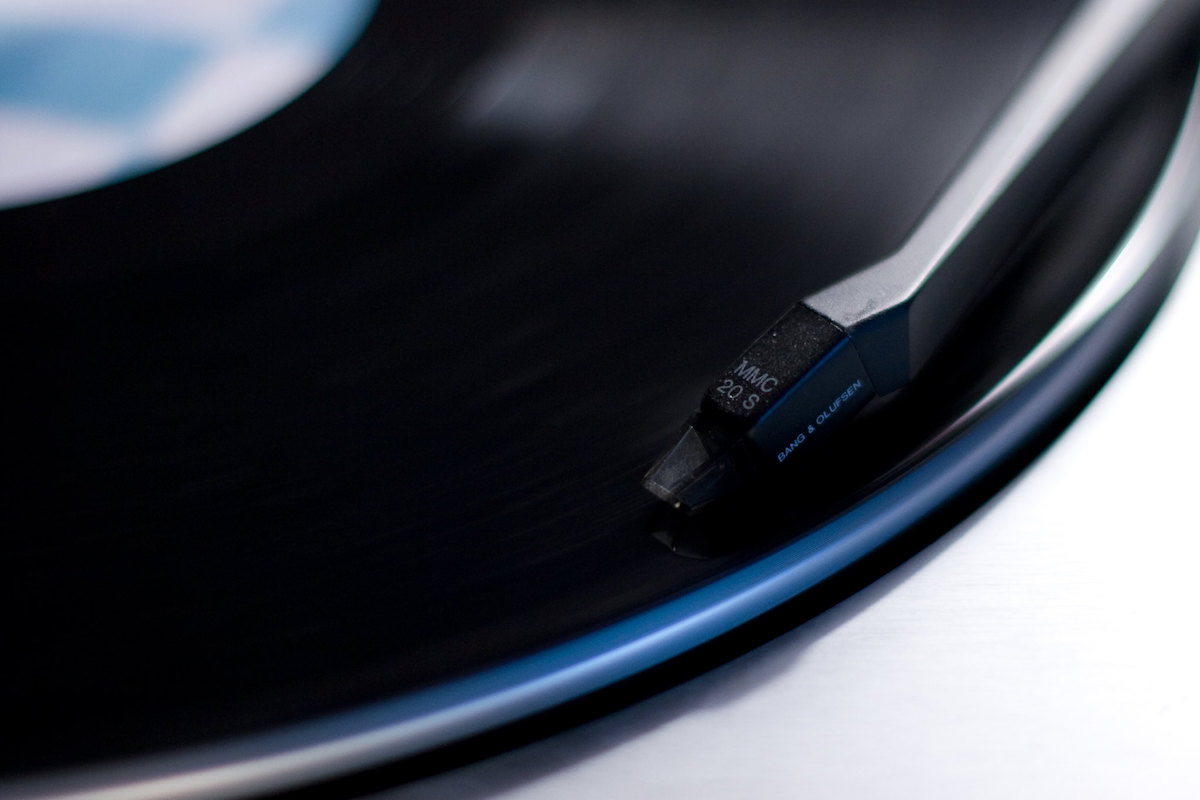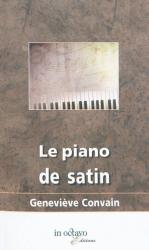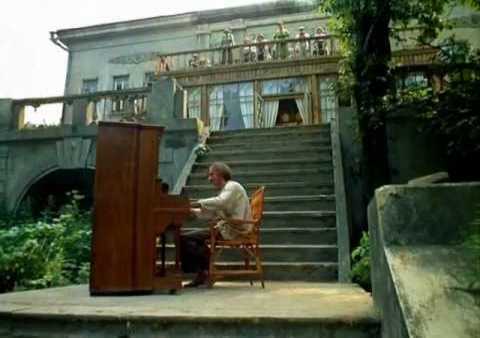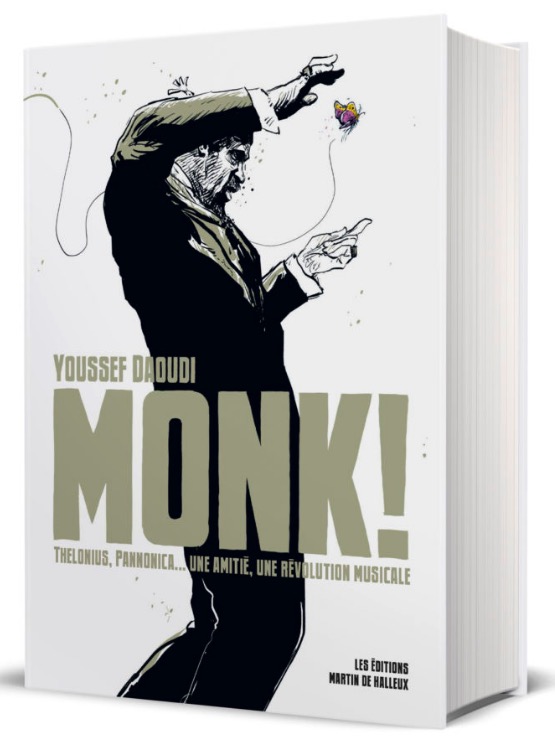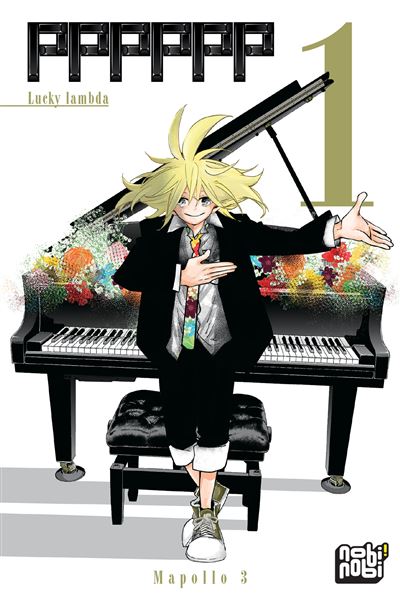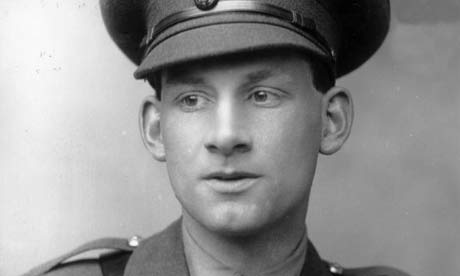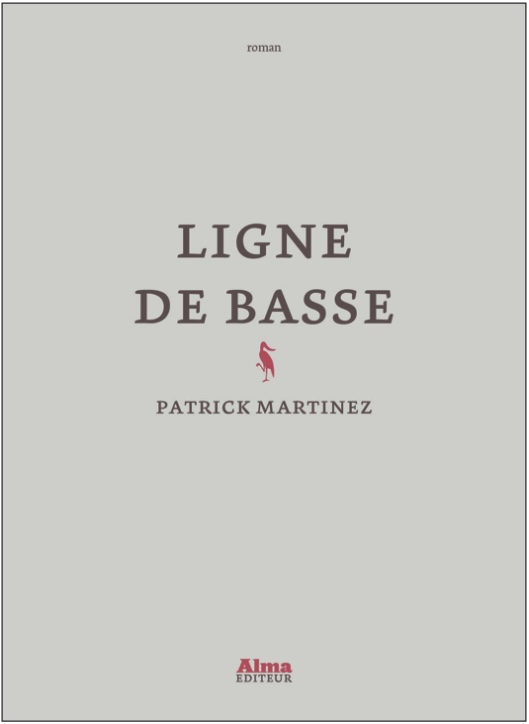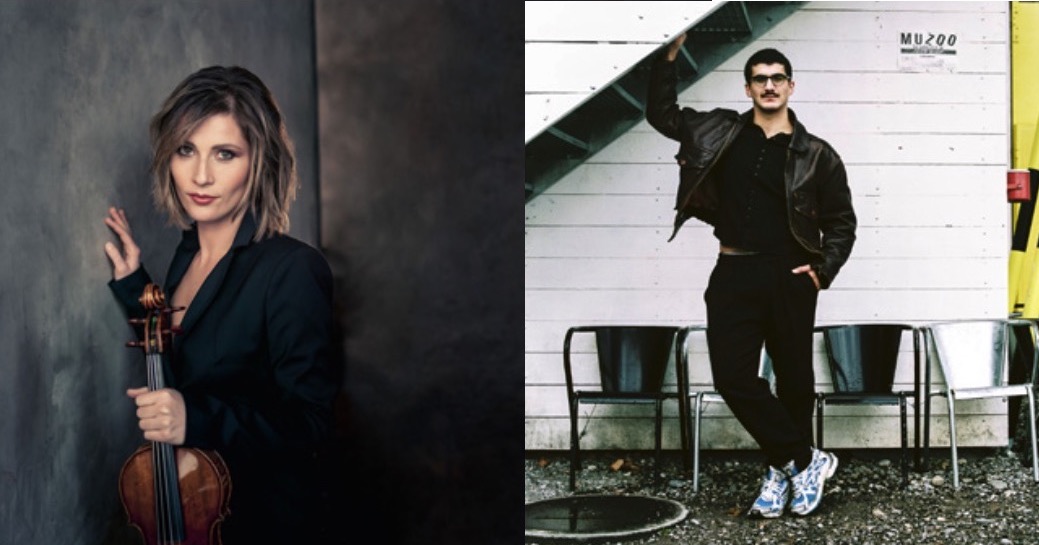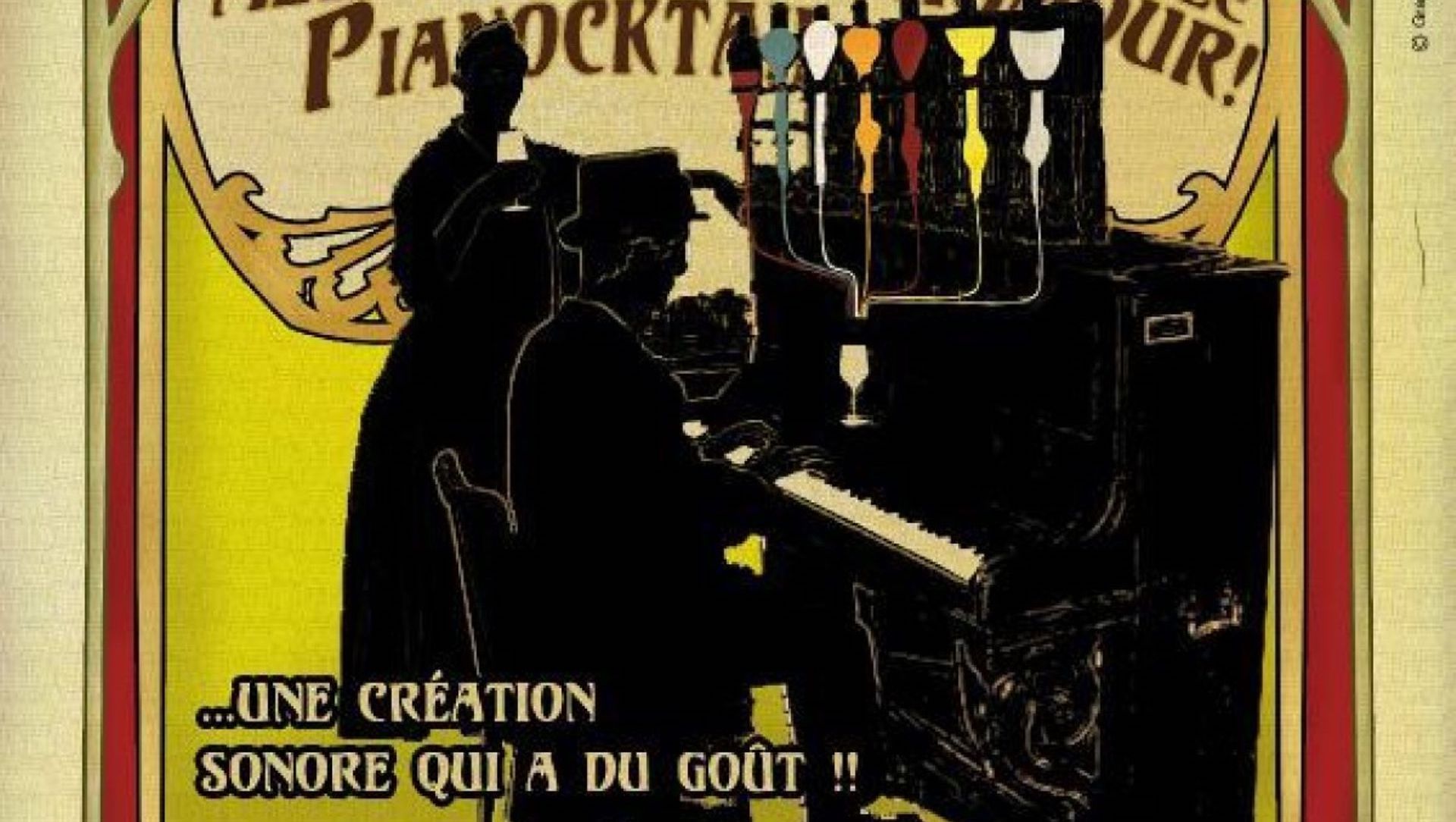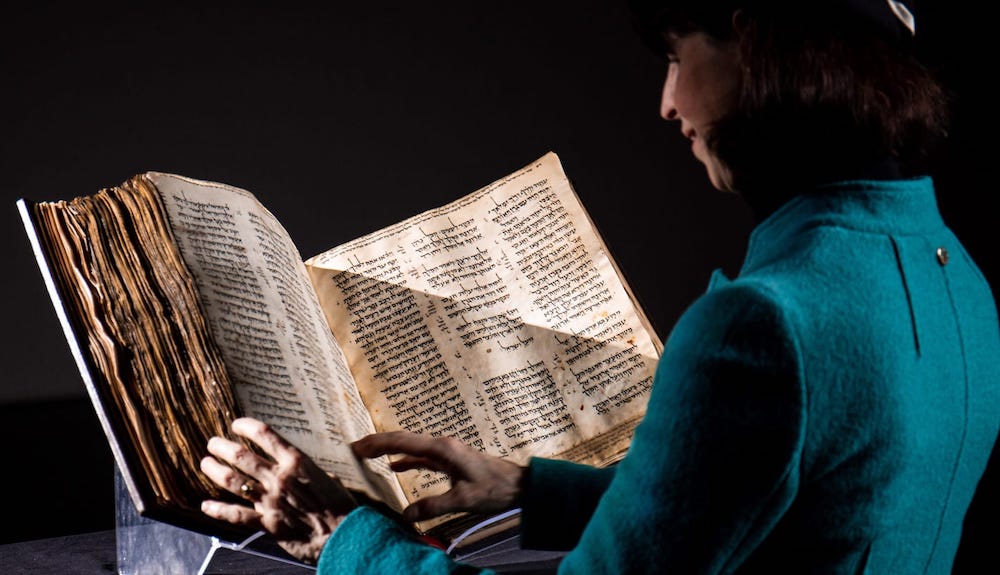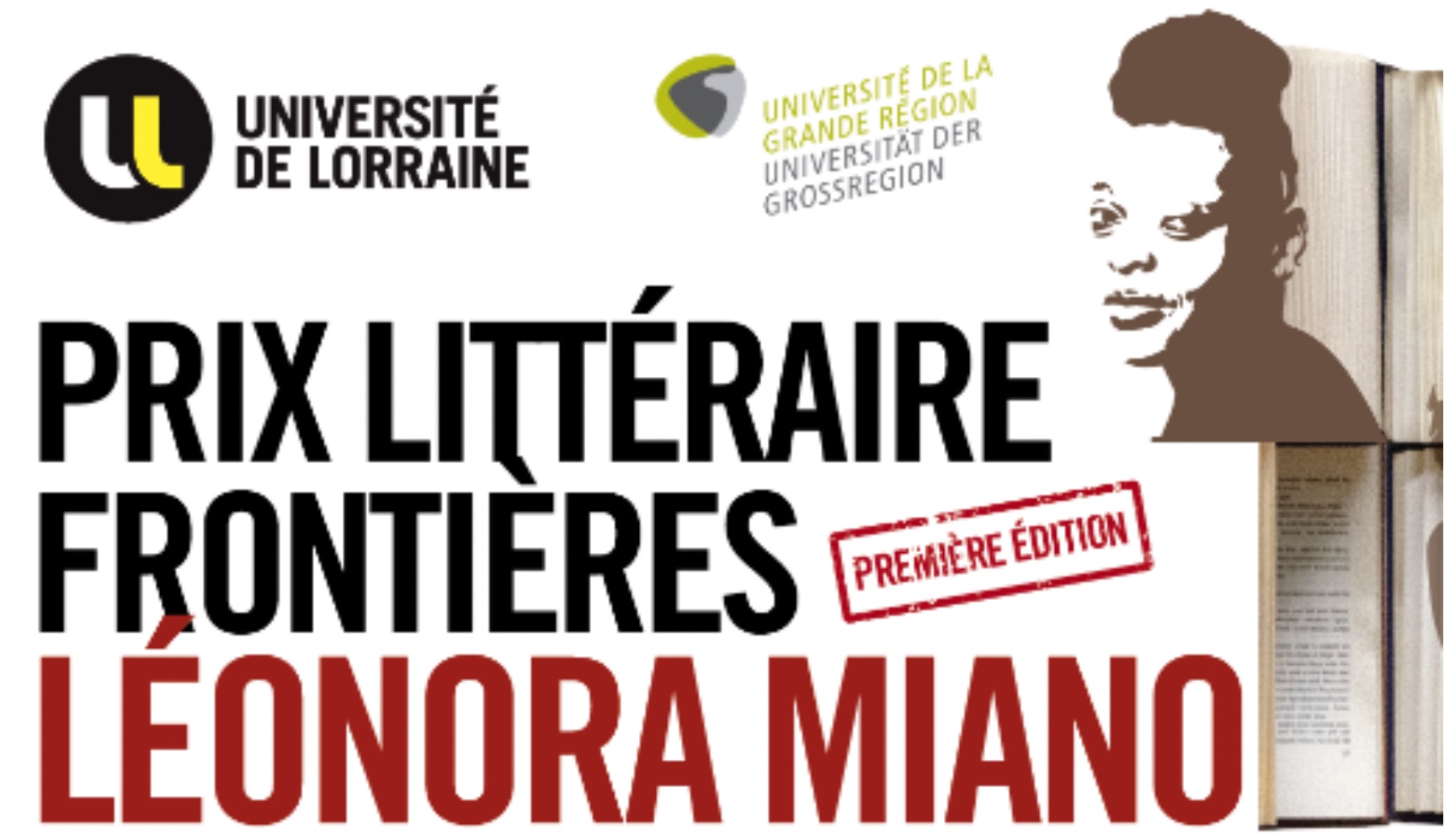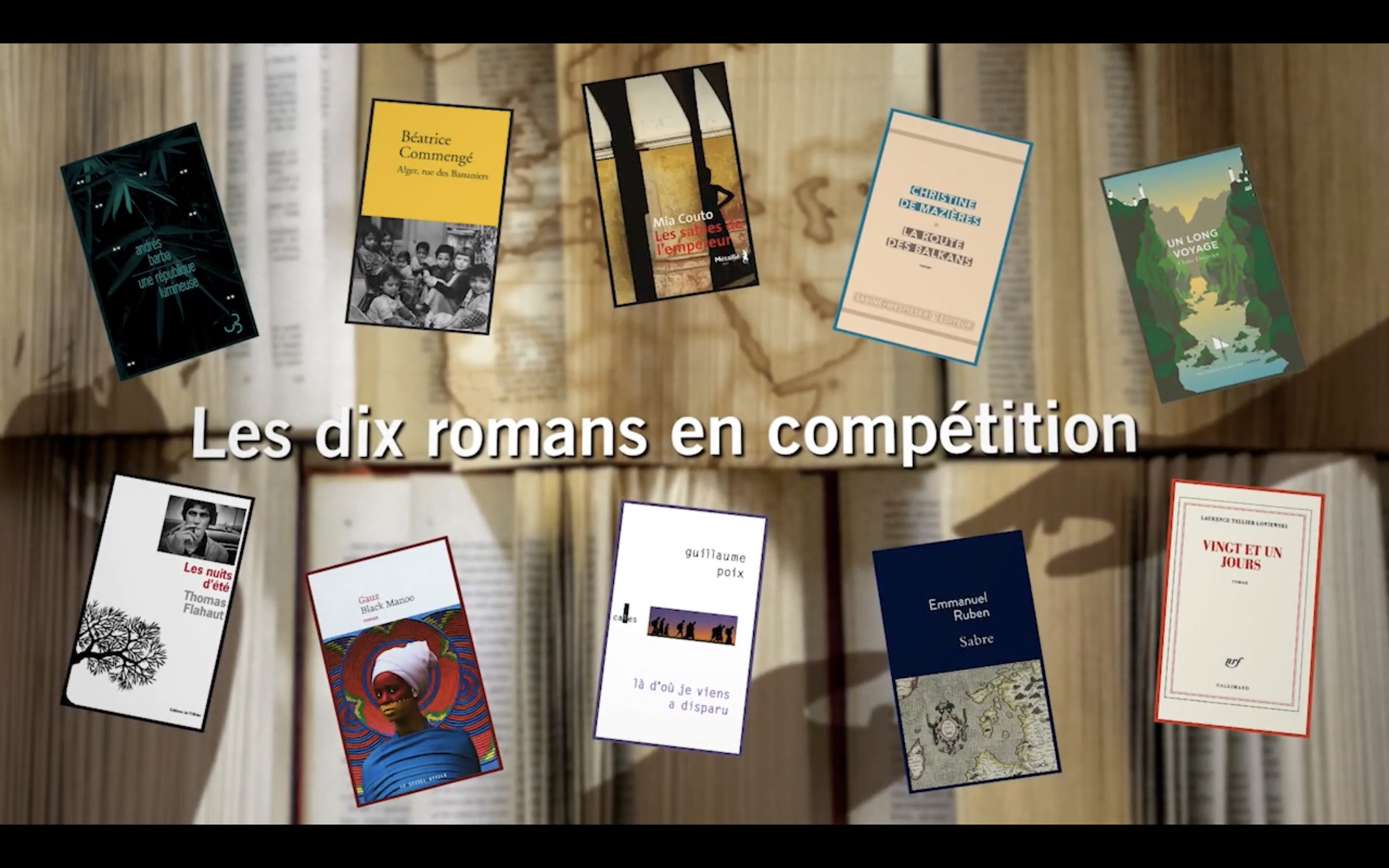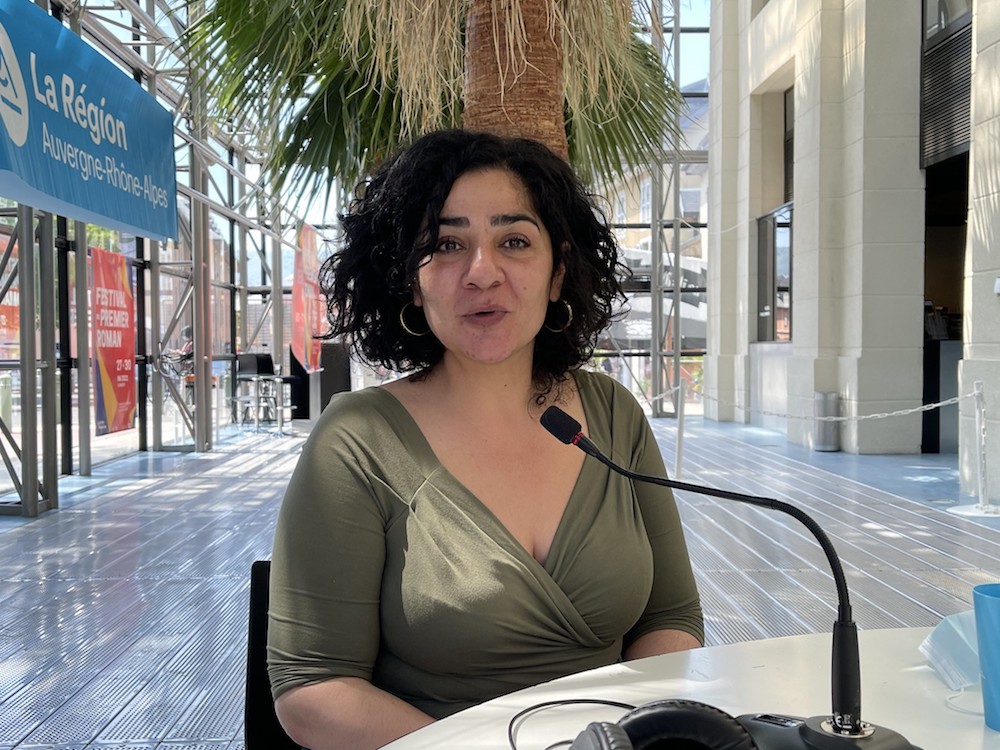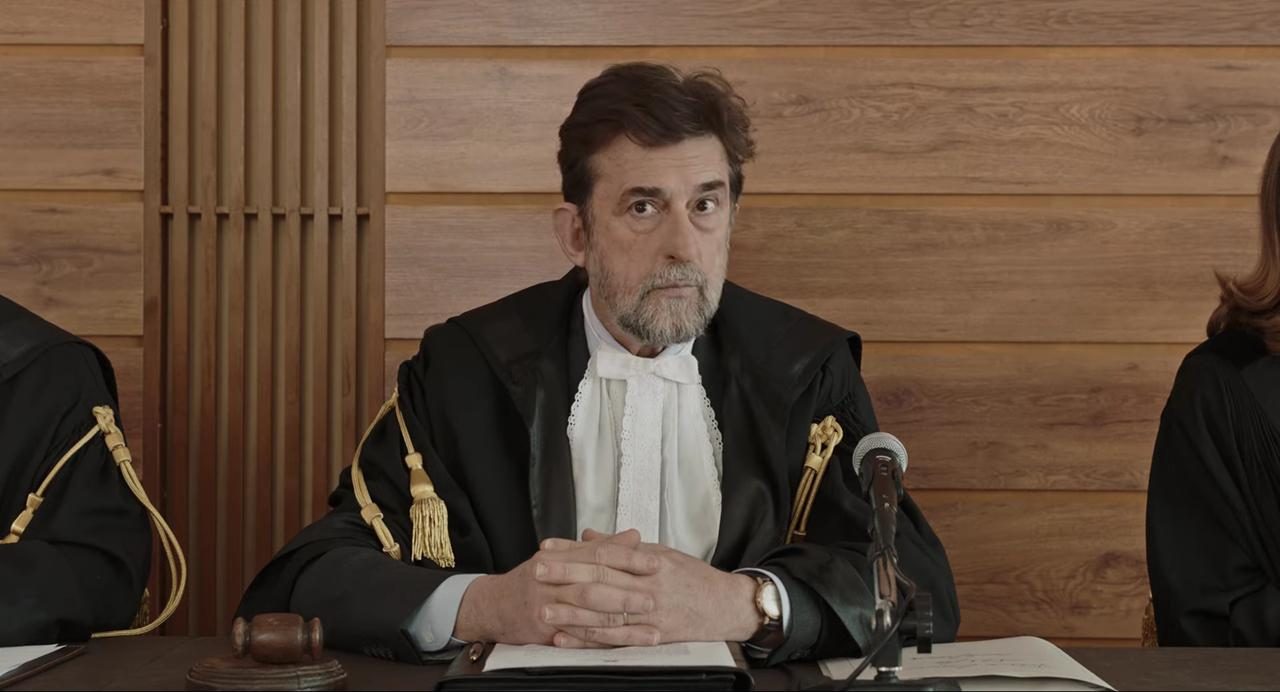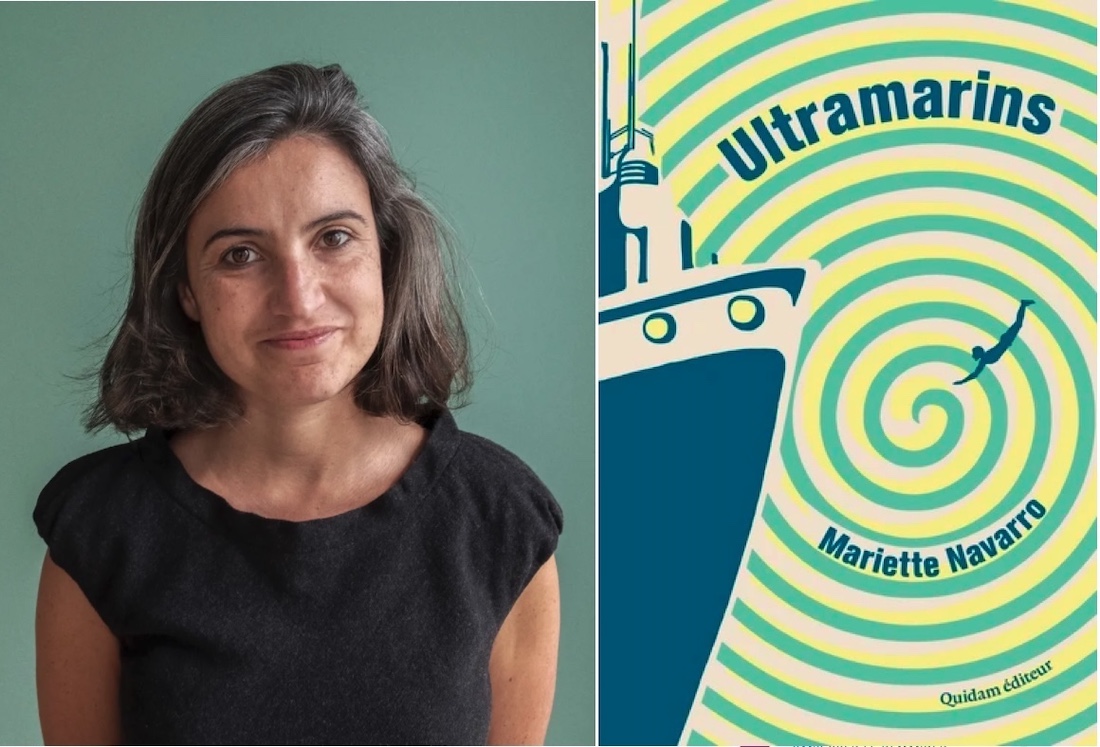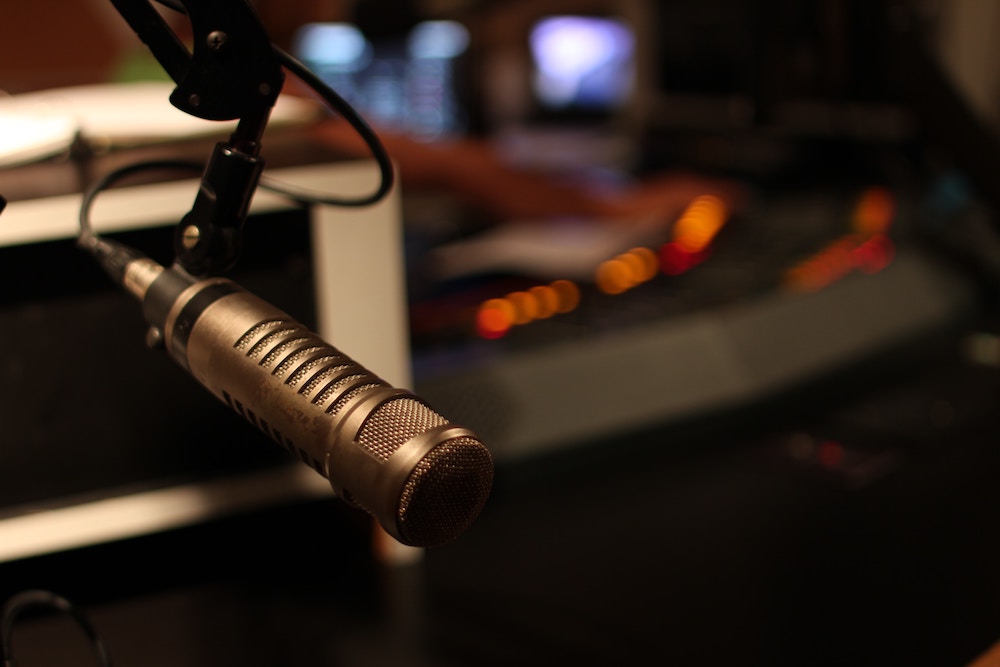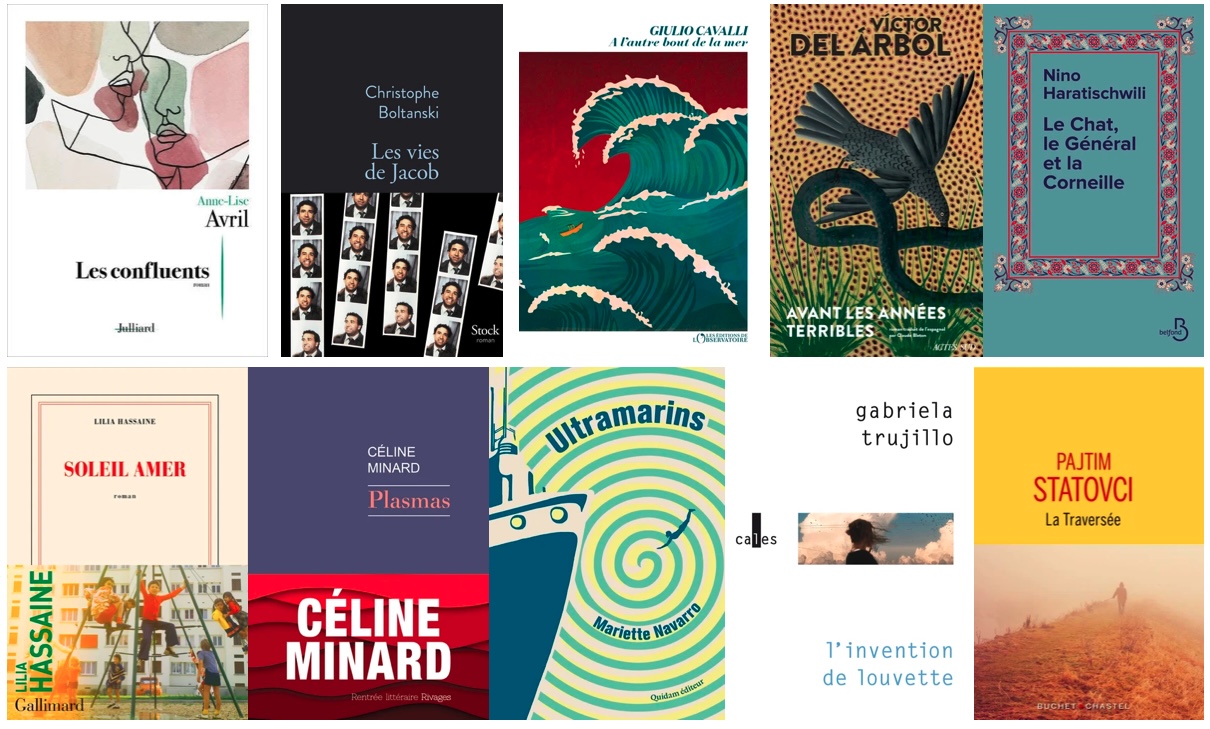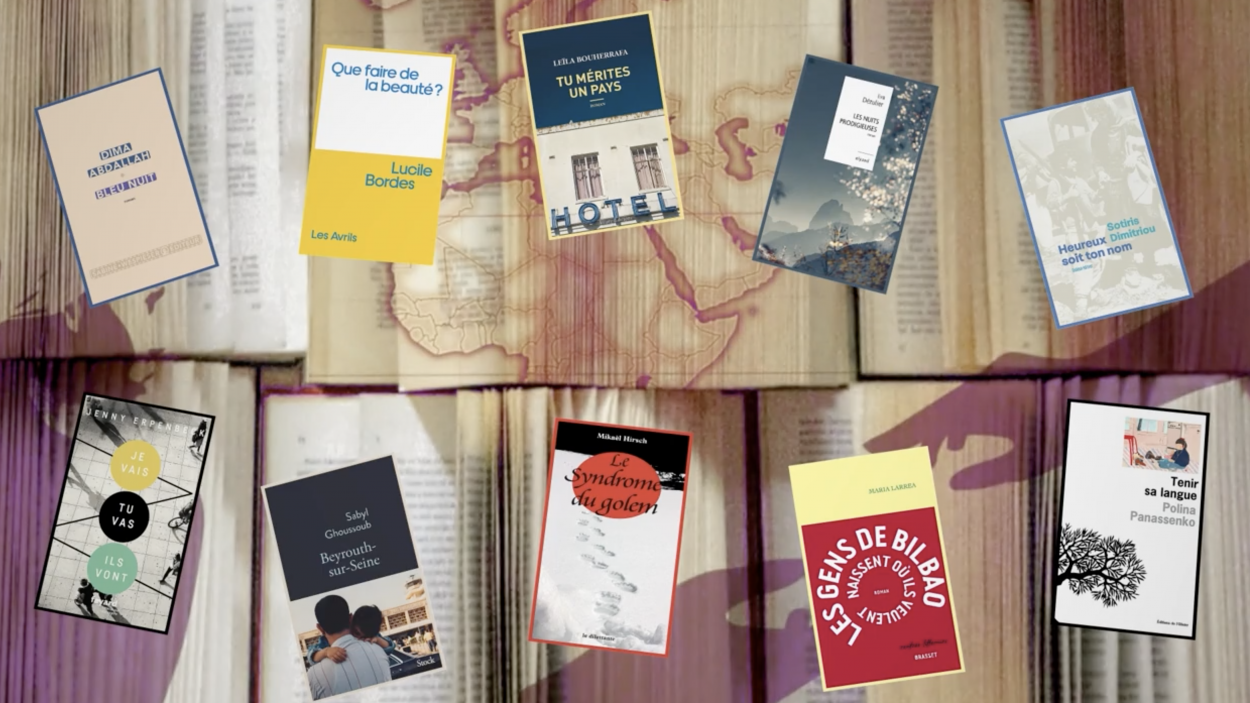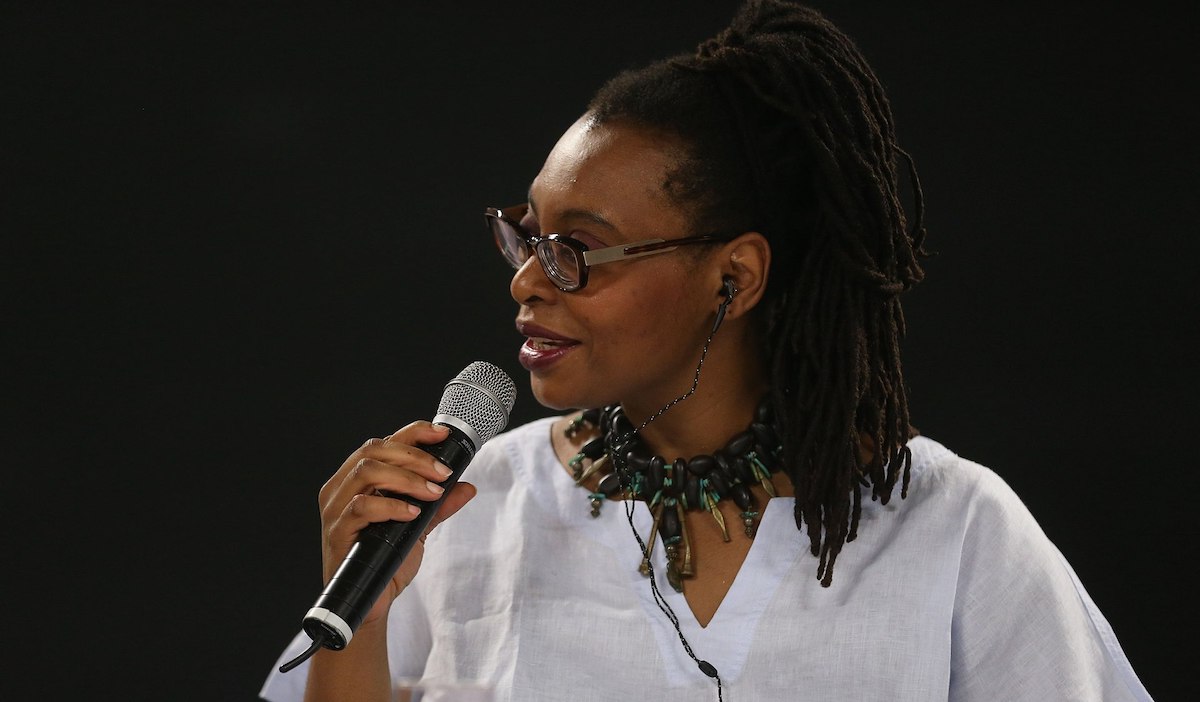Afterwards. for bassoon and piano. bassoon and piano.
Dossiers
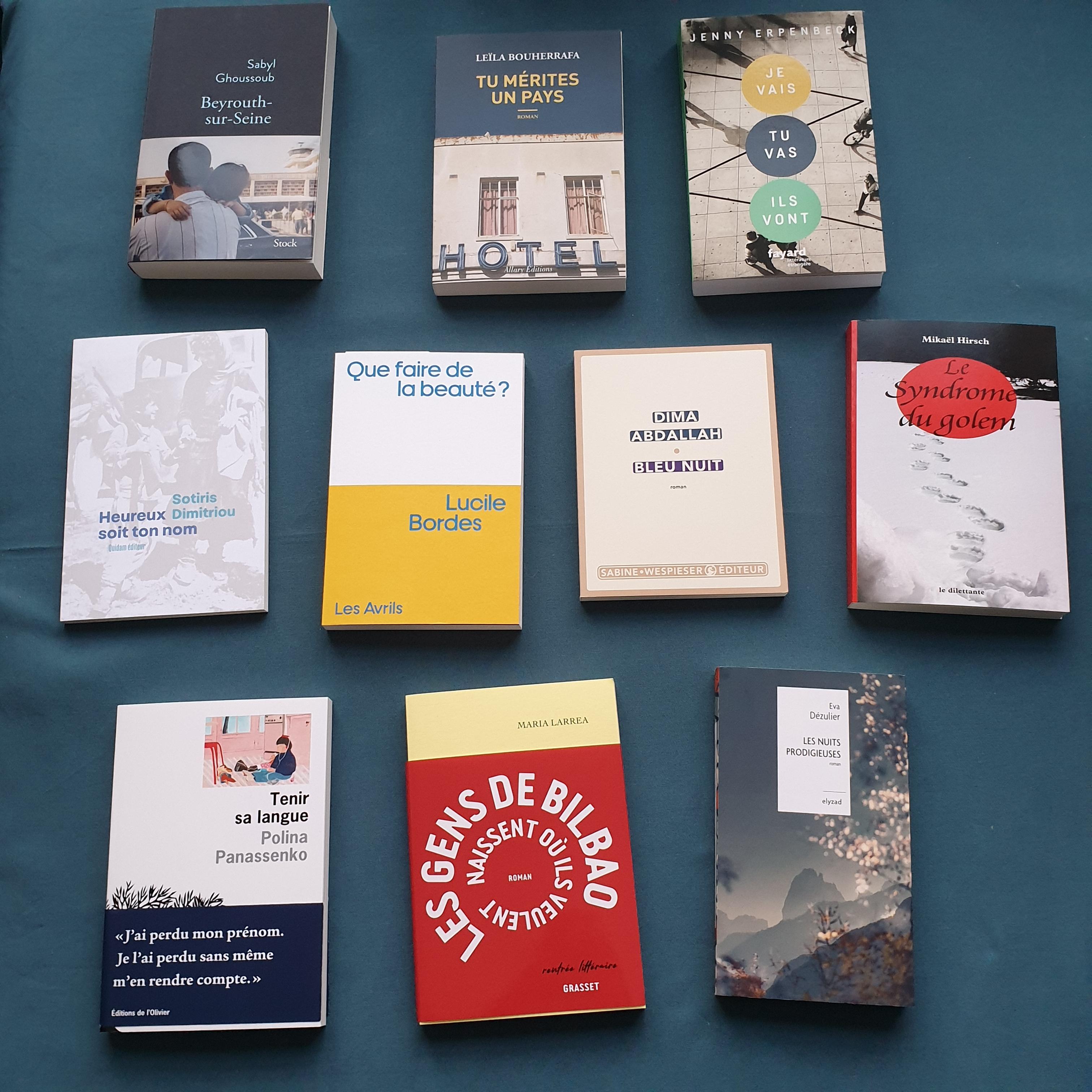
Troisième édition du Prix Frontières - Léonora Miano 2023
L’Université de Lorraine (Crem, Loterr) en collaboration avec l’Université de la Grande Région (UniGR), lançait en 2021 la première édition du prix littéraire «Frontières», dédié à l’écrivaine Léonora Miano. Durant cinq années consécutives, il récompensera le meilleur roman de l’année abordant la thématique des frontières.
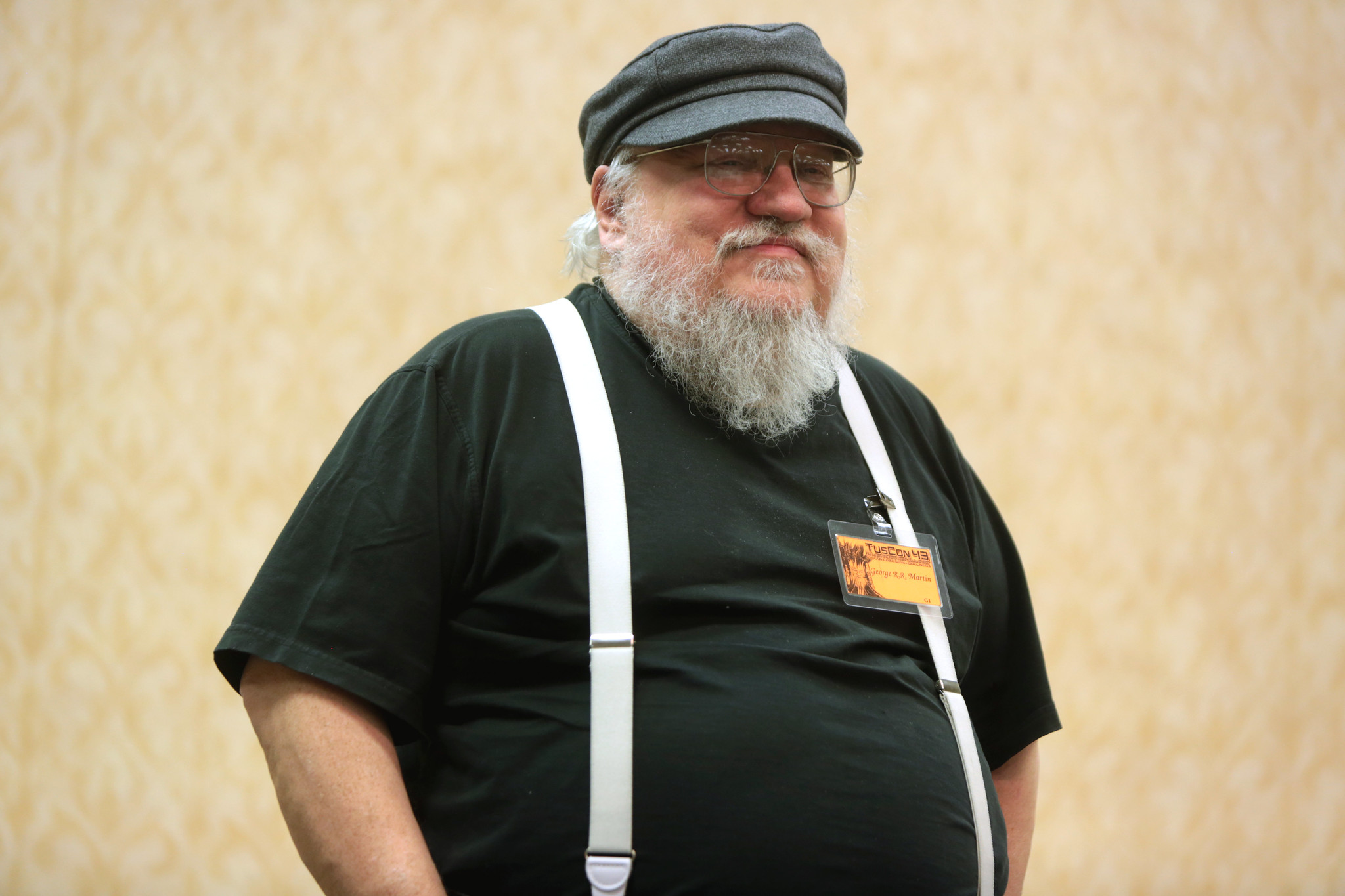
Le trône de fer : les livres de la saga A Song of Ice and Fire de George RR Martin
Le trône de fer est une immense saga d’héroïque fantasy qui s’inspire de la série des Rois maudits de Maurice Druon. C’est au début des années 1990 que Georges R.R. Martin commence à écrire Le trône de fer, le premier volume est publié en 1996. En 2007, la chaine de télévision HBO acquiert les droits d’adaptations. L’auteur lui-même participe à sa production et écrit le scénario d’un épisode par saison.
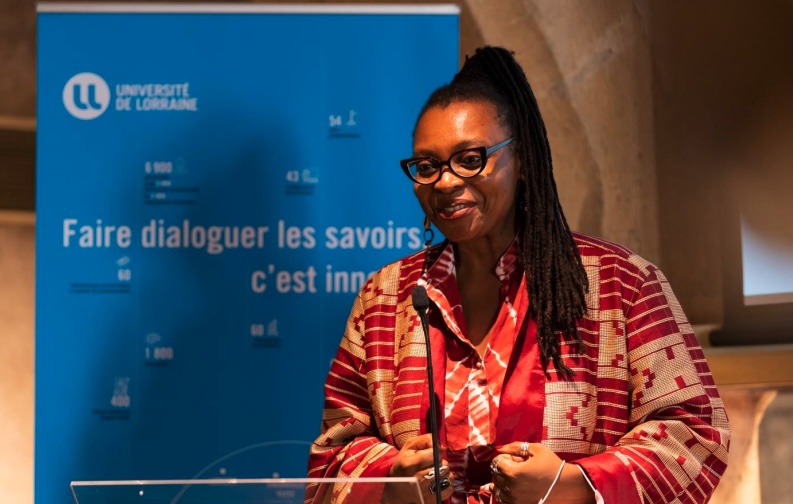
Prix littéraire Frontières-Léonora Miano 2022 : dignité humaine, acceptation de l’autre
Décaler le regard pour mieux voir. Transporter une question actuelle dans d’autres temps et contrées – imaginaires, mythologiques ou simplement renommés –, afin de la poser d’une manière plus libre, plus féconde, telle est la méthode de Léonora Miano. Elle a ainsi accepté de prêter son nom à un prix « créé avec une volonté d’universalité, pour ne pas être prisonnier d’auteurs franco-français et faire connaître de nouveaux auteurs ».

Prix Frontières 2024 : vers l'ailleurs
En 2021, l'Université de Lorraine lançait la première édition du prix littéraire « Frontières », en partenariat avec l'Université de la Grande Région et soutenue par ses laboratoires Crem et Loterr. Décerné en hommage à l'écrivaine Léonora Miano, ce prix est destiné à récompenser, chaque année pendant cinq ans, l'œuvre romanesque qui traite le mieux de la thématique des frontières.
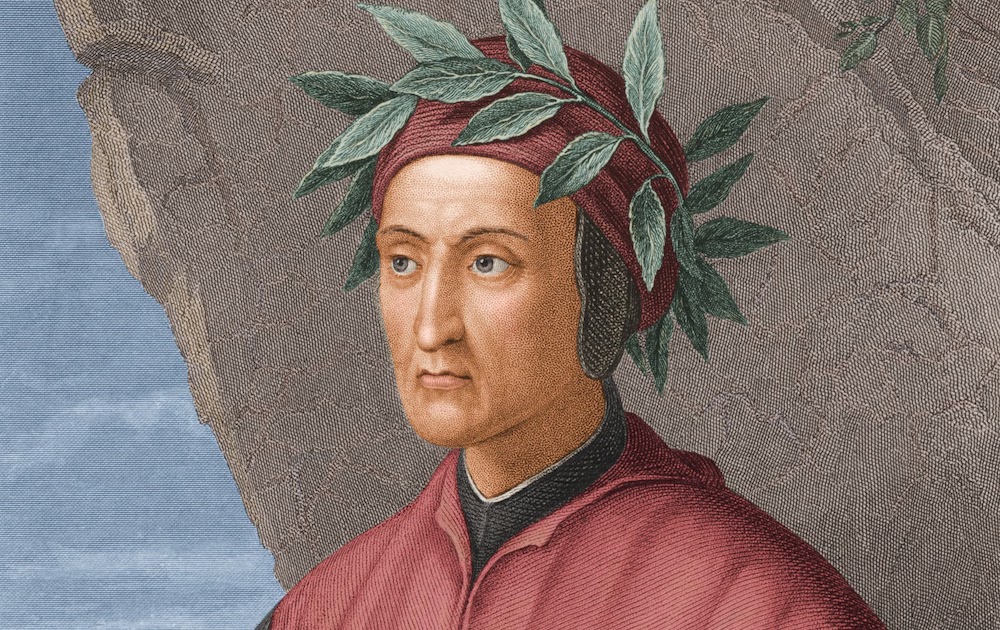
2021, commémoration des 700 ans de la mort de Dante Alighieri
Né le 21 mai 1265, Dante Alighieri, mythique poète italien, écrivain, mais également homme politique ayant vécu à Florence, est mort le 14 septembre 1321, laissant derrière lui La Divine Comédie. Considéré comme le père de la langue italienne, il compose avec Boccace et Pétrarque cette trinité littéraire par laquelle le toscan s’imposa dans le pays. En cette année 2021, le 700e anniversaire de sa mort est commémoré, partout dans le monde.
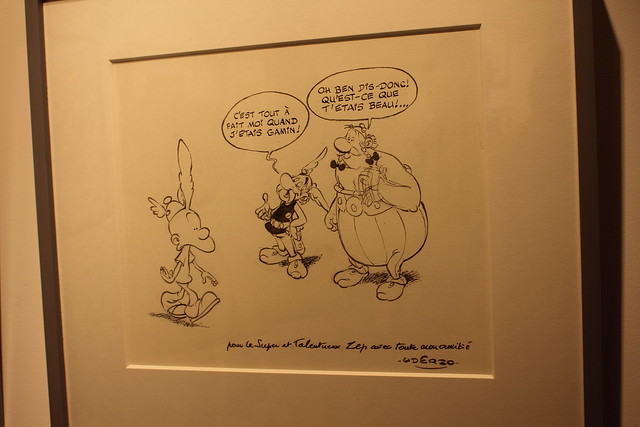
Banquet pour tout le monde : Astérix et Obélix ont 60 ans
Les deux Gaulois les plus célèbres du 9e art fêtent, en 2019, leur 60e anniversaire : le 29 octobre 1959, le scénariste René Goscinny et le dessinateur Albert Uderzo présentent au monde un petit Gaulois, accompagné par son ami, plus... enveloppé. Rapidement, les deux héros deviennent les figures majeures du journal Pilote.
Extraits
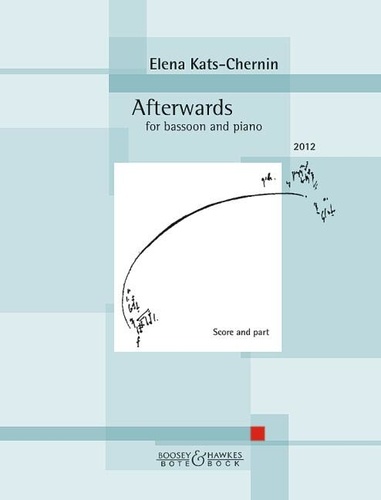
Instruments de musique
Afterwards. for bassoon and piano. bassoon and piano.
05/2023
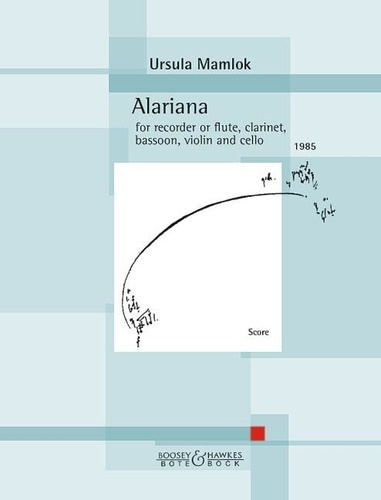
Instruments de musique
Alariana. For recorder or flute, clarinet, bassoon, violin and cello. recorder (flute), clarinet, bassoon, violin, cello
04/2023
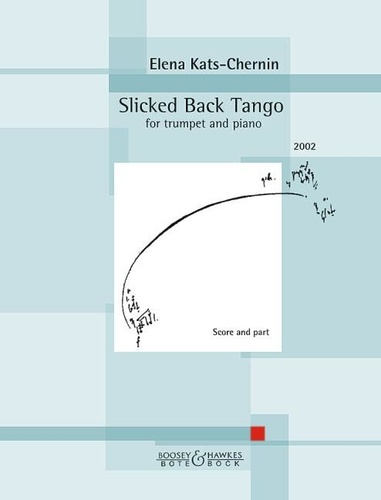
Instruments de musique
Slicked Back Tango. for trumpet and piano. trumpet and piano.
05/2023
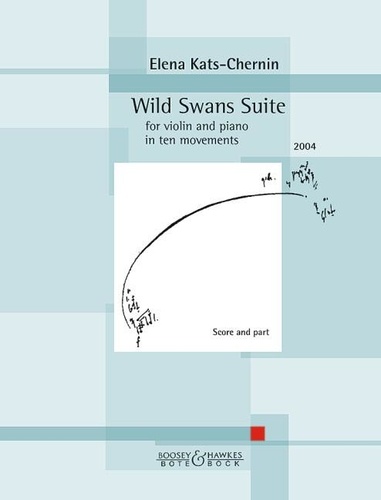
Techniques instrumentales
Wild Swans Suite. for violin and piano. violin and piano.
05/2023
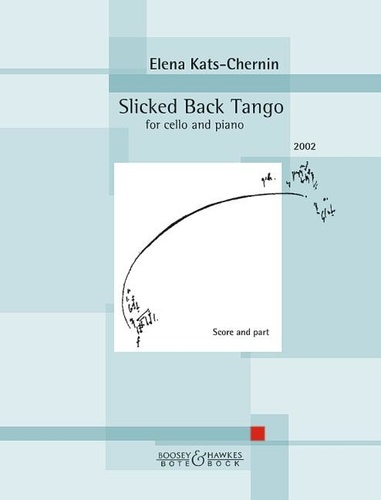
Instruments de musique
Slicked Back Tango. for cello and piano. cello and piano.
05/2023

Techniques instrumentales
Rhapsody in Blue. For solo piano and jazz band (Two-Piano Score)
08/2023

